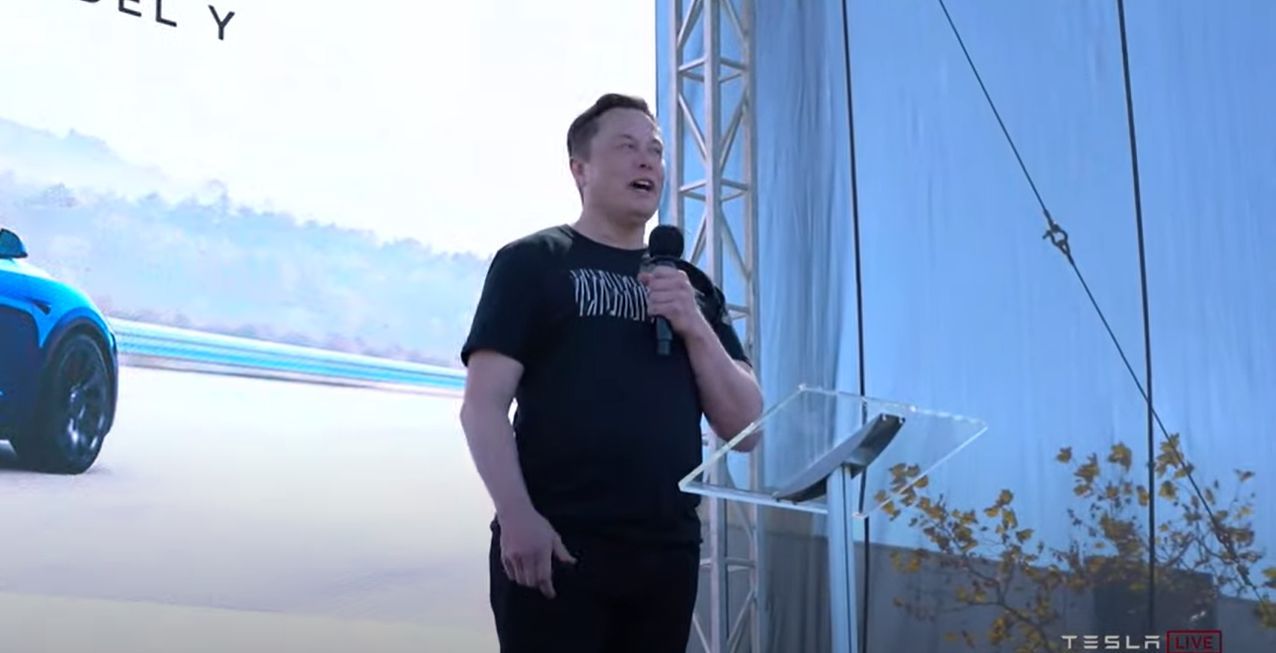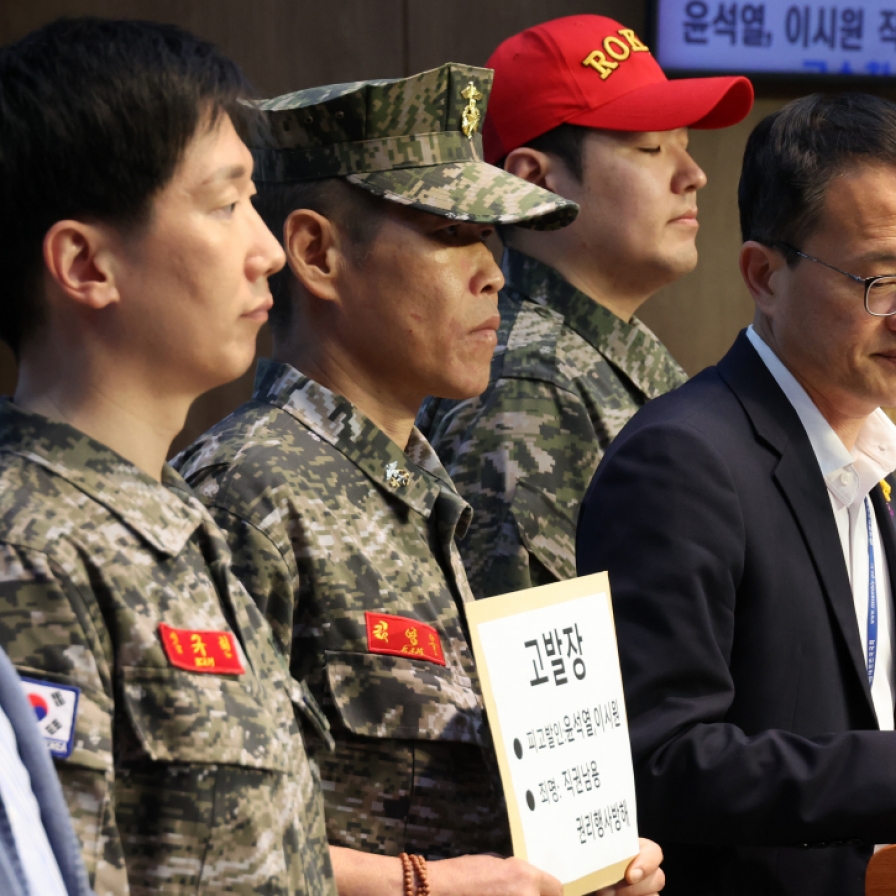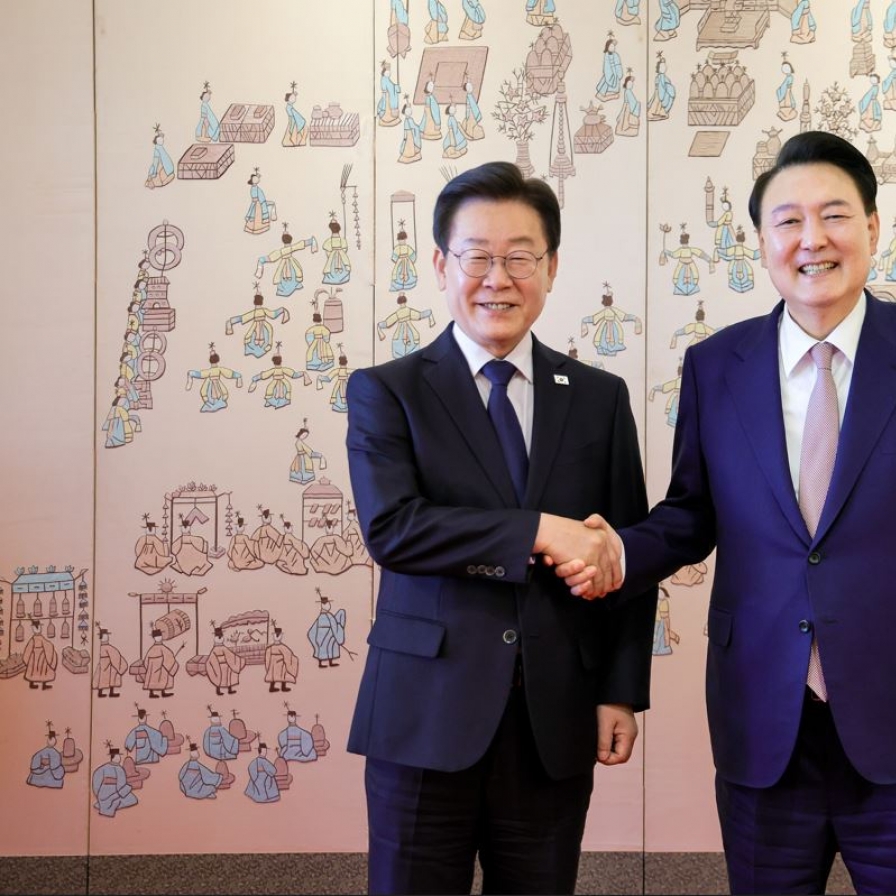
Tesla CEO Elon Musk is seen onstage during a Battery Day event Wednesday. (Captured from YouTube)
Elon Musk laid out five innovations for his new batteries at Tesla’s Battery Day event Wednesday, but experts and industry officials remain skeptical as the CEO failed to map out the specifics of the technologies.
As part of the announcement, Musk said he would remove cobalt and maximize nickel inside the cathodes of the company’s new batteries. Cathodes are one of the four key components of lithium-ion batteries along with anodes, electrolytes and separators. A higher ratio of nickel makes batteries more powerful, while a higher ratio of cobalt makes them more stable.
Musk, during his presentation, vowed “zero cobalt” batteries without many details, such as the exact percentage of nickel and which types of metal would go inside the cathodes along with the nickel.
“Tesla currently supplies NCM (nickel cobalt manganese) 811 batteries from LG Chem and NCA (nickel cobalt aluminum) batteries from Panasonic. Tesla’s zero-cobalt batteries are likely to be NM (nickel manganese) batteries after removing cobalt from LG Chem’s NCM811 batteries, considering that NCA batteries demonstrate poor performance without cobalt,” said Sun Yang-kook, an energy engineering professor at Hanyang University.
“However, NM batteries aren’t as good as NCM batteries. In cold regions like Chicago, NM batteries suffer a drop in performance, leading to a shorter driving range for electric vehicles. Also, NCM batteries have an advantage over NM batteries in terms of charging speed,” Sun explained.
LG Chem, Samsung SDI and SK Innovation are set to manufacture high-nickel batteries with about 90 percent nickel in the near future, but none of them plans to remove the cobalt from inside the cathodes.
Meanwhile, industry officials cast doubts on Tesla’s plan on anodes, which determine the stability of batteries.
During the event, Musk said he will use “raw” silicon for anodes instead of using the expensive, highly-engineered silicon to cut costs, but didn’t explain whether he plans to use the raw silicon 100 percent or mix it with other materials.
Musk also added that he would tackle one of the key downsides of using silicon inside anodes by coating the silicon with elastic polymer coating and holding the silicon together with elastic binders. Silicon expands four times in volume when anodes are fully charged, posing risk for explosions.
“When silicon particles integrate with lithium ions, they expand and can’t recover their original volume even after lithium ions are discharged. By using its elastic coating and binder technology, Tesla is trying to limit the expansion of silicon particles and help them shrink. However, high ratio of silicon can lead to explosions,” professor Sun said.
The professor further added that one company in Korea tried to increase the ratio of silicon to 10 percent inside anodes, only to burn down its factory twice. Korean battery makers are already using graphite mixed with 5 percent of silicon for anodes.
An industry source from a major battery maker also raised questions over Tesla’s anode technology.
“When silicon is used for anodes, it undermines the conductivity of lithium ions. To compensate for lower conductivity, a nanotechnology is required, but Tesla didn’t mention any of it. It’s questionable whether Tesla has enough technological capacity to solve the conductivity issue,” an industry source said.
Also, during the event, Musk admitted that Tesla’s another innovative technology called dry coating technology is incomplete.
The dry coating technology coats cathodes and anodes with thin films. Compared to wet coating technology, which coats cathodes and anodes with a liquid solvent, dry coating technology requires less time and money.
“To be clear, I would like to not say that ‘right now, it’s totally working.’ It’s close to working,” said Musk regarding the dry coating technology.
During the event, Musk also unveiled Tesla’s ambitious expansion plan, to establish a battery production capacity of 100 gigawatt-hours by 2022. To compare as a reference, it took LG Chem some 20 years to achieve 100 gigawatt-hours.
“To be clear, it will take a year to 18 months to start realizing these advantages and probably fully realize these advantages probably three years,” Musk said.
By Kim Byung-wook (kbw@heraldcorp.com)




![[KH Explains] No more 'Michael' at Kakao Games](http://res.heraldm.com/phpwas/restmb_idxmake.php?idx=645&simg=/content/image/2024/04/28/20240428050183_0.jpg&u=20240428180321)

